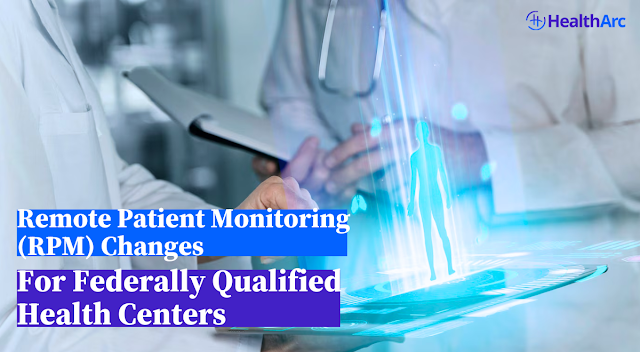What Does RPM Mean in Healthcare?
Remote Patient Monitoring (RPM) has become a key pillar in modern healthcare, especially in 2025. But for patients, caregivers, and even new providers, there’s still some confusion around what RPM actually means and how it works.
Let’s break it down: What is RPM in medical
terms? Why does it matter? And how is it improving patient outcomes across the
U.S.?
RPM Meaning: A Quick Definition
RPM stands for Remote Patient Monitoring,
a digital health service that uses devices and platforms to track patient
health data from outside the clinic. This includes monitoring:
- Blood pressure
- Blood glucose
- Weight
- Oxygen saturation
- Symptoms related to chronic conditions
This health data is sent to providers in
real time, allowing them to respond early to warning signs—without needing an
in-person appointment.
👉 For a
more detailed overview of how RPM applies to chronic conditions, visit this guide to managing chronic conditions using RPM.
RPM Medical Abbreviation and Use Cases
RPM is more than just a buzzword. It’s a
CPT-recognized medical service used for billing and care delivery across:
- Primary care
- Geriatrics
- Endocrinology
- Cardiology
- Pulmonology
RPM codes like 99453 and 99457 enable
providers to get reimbursed while offering care from a distance.
🩺
Curious about the types of conditions it supports? See how RPM helps manage congestive heart failure.
Is RPM Just About Devices?
Not at all. While RPM includes wearable or
Bluetooth-connected devices (like smart BP monitors or glucose meters), the
true power lies in:
- Analytics-driven software
- Alert systems for care teams
- Patient portals for engagement
- EHR integration for continuity
🧠 Learn
more in this blog on integrating RPM with EHR systems.
Why RPM Is Vital in 2025
With rising healthcare demands and an aging
population, RPM is answering some of the most urgent questions in healthcare
delivery:
- How can we monitor patients between visits?
- How do we lower hospital readmissions?
- How do we prevent complications in high-risk populations?
RPM is at the core of value-based care
and has proven results across chronic disease management and preventive care.
📈 See
the long-term trends in this analysis of RPM’s future in healthcare.
Related Use Cases and Benefits
Remote Patient Monitoring is expanding into
more specialties, including:
- Mental health: Explore how RPM supports mental well-being
- Elderly care: See how RPM improves care in nursing homes
- Post-surgical recovery: Learn how RPM aids in post-operative monitoring
- Cardiopulmonary disorders: Read how RPM supports respiratory care
Final Thoughts
So what does RPM mean? In today’s
healthcare system, RPM means smarter, safer, and more continuous care.
It’s the bridge between home and hospital—using technology to connect patients
and providers in real time.
📘 If
you’re looking for a full explainer on RPM devices, billing codes, and
benefits, check out this comprehensive HealthArc article:
👉 Remote Patient Monitoring Guide: Definition, Benefits, Codes
& Applications


%20Changes%20for%20Federally%20Qualified%20Health%20Centers%20(1).png)
Comments
Post a Comment